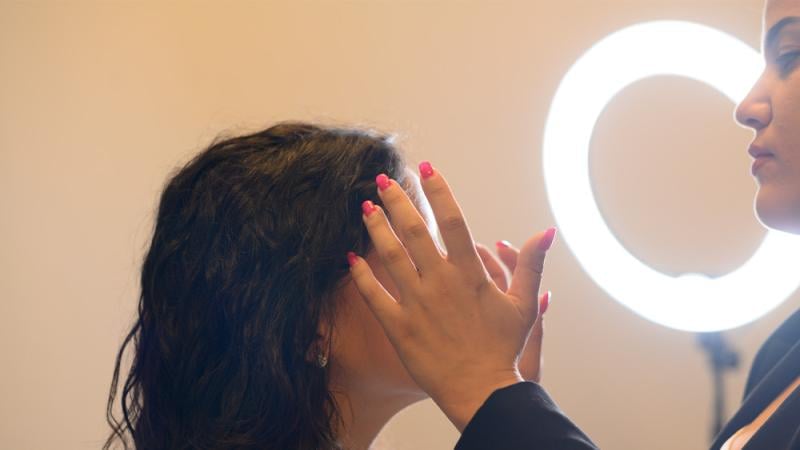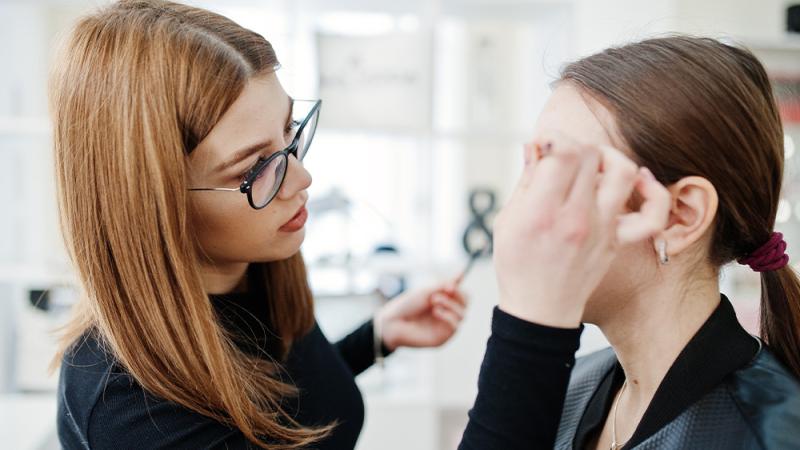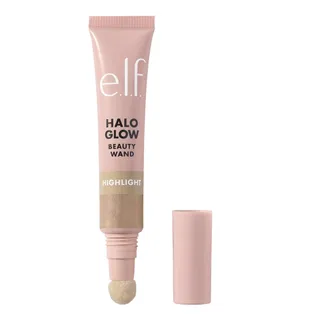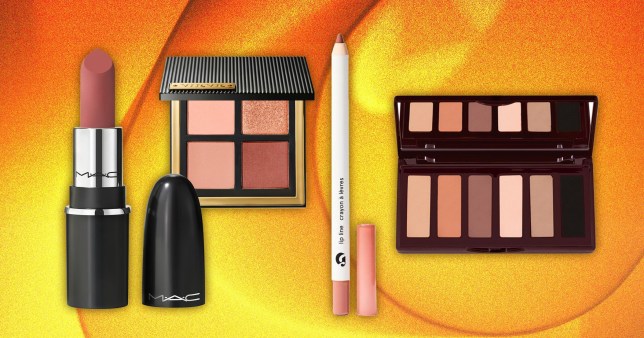
3 Steps to Flawless Makeup After a Chemical Peel
Ah, fall: the season of sweater weather, pumpkin spice lattes, and chemical peels!
This is the time of year when makeup artists see an uptick of clients who are fresh off an end-of-summer peel and want a full beat.
Here are the three main steps to handling post-peel skin in order to support the healing process and still deliver that professional glow-up.
1. Do a Red-Flag Check During the Client Consultation.
It’s important to always conduct a thorough consultation with clients who recently had a peel.
Find out when they had the procedure, what type of peel it was, and whether it resulted in light exfoliation or medium-to-deep. Ask about the aftercare instructions given to the client and take a look at the ingredients for the recommended products. (Plus, find out whether or not they’ve been faithfully following that regimen!)
In general, it’s best to wait at least 5–7 days after any chemical peel before applying makeup other than on lashes, lips, and brows. Foundation or other makeup applied directly to the skin too soon can disrupt the healing process and cause irritation and inflammation.
Be on the lookout for redness, swelling, or raw/ open areas on the client’s skin. If you spot any of the above, reschedule the appointment and encourage your client to check in with their esthetician or dermatologist.
The rule is: safety first, THEN slay.
2. Hydrate & Moisturize, Moisturize & Hydrate.
Just to be clear: That post-peel dermis is likely to be parched. Any vigorous exfoliation process like a chemical peel will slough off the top layer, making the skin drier than usual.
Ensuring the skin is hydrated is always important after a chemical peel, and especially before makeup, when the right moisture balance is crucial to a smooth application and a long-lasting, flawless look.
Focus the client’s skin prep on nourishing, gentle ingredients such as aloe, ceramides, squalane, algae, allantoin, calendula, chamomile, rosehip oil, or hyaluronic acid to lock in hydration and prevent flakiness.
A lightweight, non-comedogenic moisturizer is a must before makeup and — as always — applying SPF is non-negotiable.

3. Lighten Up (A Lot).
Heavy, full-coverage products can clog pores and disrupt the healing process after a chemical peel while the skin is vulnerable.
To avoid that, once you’ve completed the skin prep, opt for lightweight, buildable, non-comedogenic products with quality ingredients that deliver sheer coverage without clogging pores.
At times like this, we reach for Danessa Myricks Yummy Skin Blurring Balm Powder and NARS Radiant Skin Tint. Both are like liquid skin in a bottle (but better!), providing a light-to-medium, buildable base that brings out the glow uncovered by the peel.
Peels are great for uncovering fresh dewy skin, but it does have to be handled with care.
If your client is booking makeup for an important event, find out if they’re planning to have a peel or similar facial treatment beforehand, so you can let them know the best window of time to schedule the procedure in advance.
They will appreciate you working in sync with their skincare goals to give them their best, healthiest glow-up ever.

Kamira Felton, the Marketing Manager for American Salon, is a New York State-licensed esthetician with more than 5 years of experience in the beauty and spa industry. Passionate about skincare, Kamira dedicates her time to ingredient knowledge and on staying up-to-date on the latest products and how they affect consumers’ skin health.


